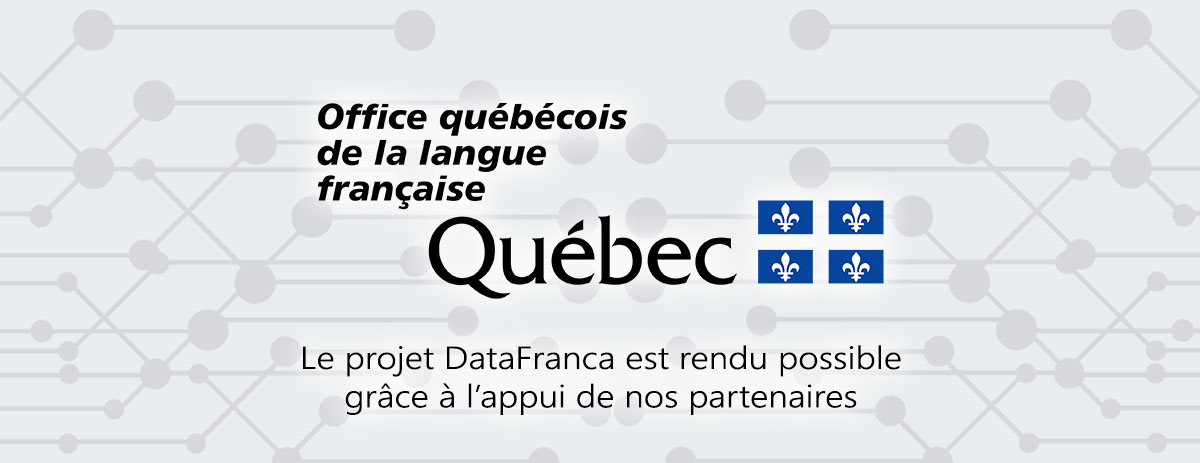|
|
| Ligne 1 : |
Ligne 1 : |
| ==en construction==
| |
|
| |
| == Définition == | | == Définition == |
| XXXXXXXXX | | XXXXXXXXX |
|
| |
|
| == Français == | | == Français == |
| ''' XXXXXXXXX ''' | | ''' séparation à faible densité ''' |
|
| |
|
| == Anglais == | | == Anglais == |
| ''' Low-density separation''' | | ''' low-density separation''' |
| | |
| | '''LDS''' |
|
| |
|
| Another major class of methods attempts to place boundaries in regions with few data points (labeled or unlabeled). One of the most commonly used algorithms is the transductive support vector machine, or TSVM (which, despite its name, may be used for inductive learning as well). Whereas support vector machines for supervised learning seek a decision boundary with maximal margin over the labeled data, the goal of TSVM is a labeling of the unlabeled data such that the decision boundary has maximal margin over all of the data. In addition to the standard hinge loss {\displaystyle (1-yf(x))_{+}}(1-yf(x))_{+} for labeled data, a loss function {\displaystyle (1-|f(x)|)_{+}}(1-|f(x)|)_{+} is introduced over the unlabeled data by letting {\displaystyle y=\operatorname {sign} {f(x)}}y=\operatorname {sign} {f(x)}. TSVM then selects {\displaystyle f^{*}(x)=h^{*}(x)+b}f^{*}(x)=h^{*}(x)+b from a reproducing kernel Hilbert space {\displaystyle {\mathcal {H}}}{\mathcal {H}} by minimizing the regularized empirical risk:
| |
|
| |
|
| <small> | | <small> |
Version du 8 janvier 2022 à 10:50







